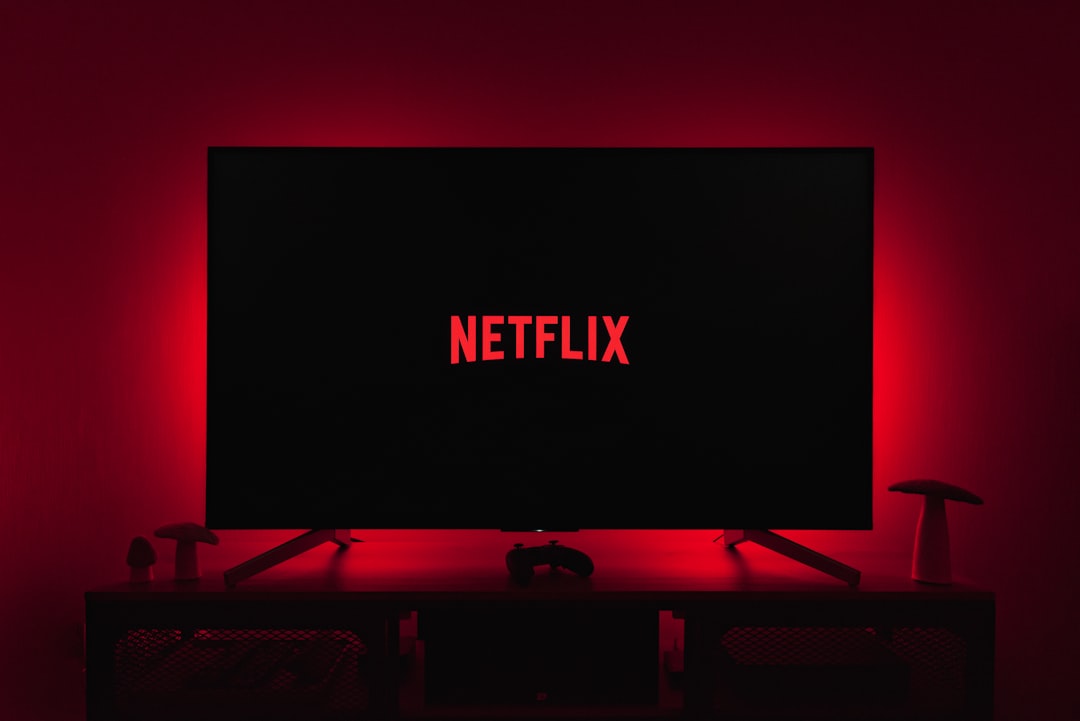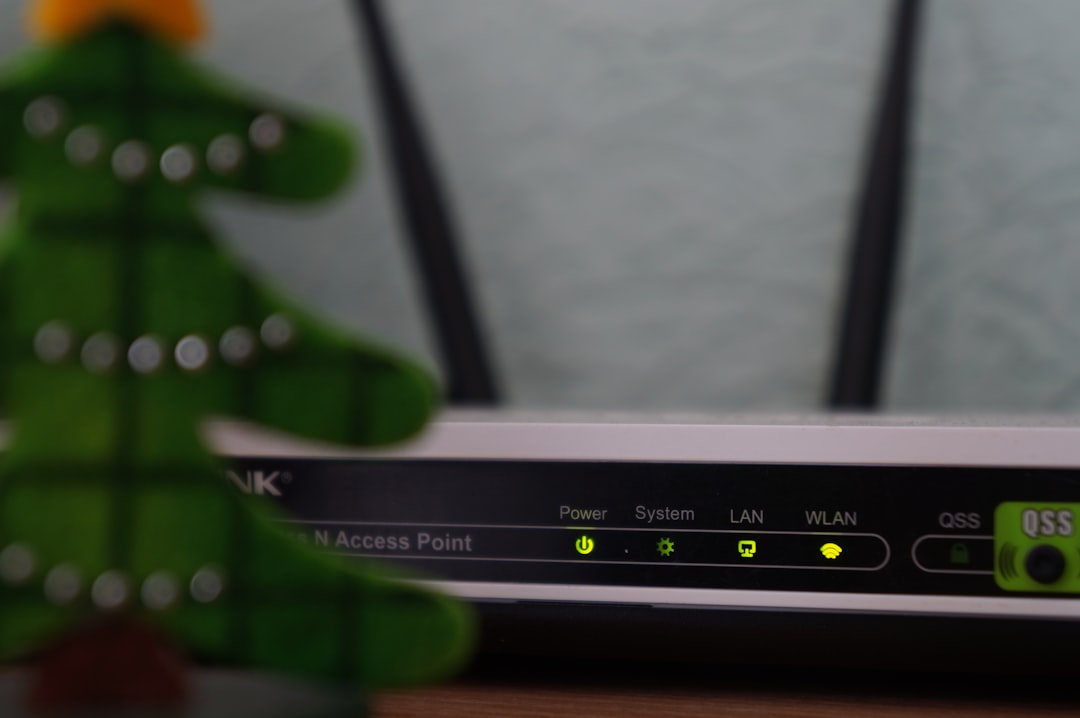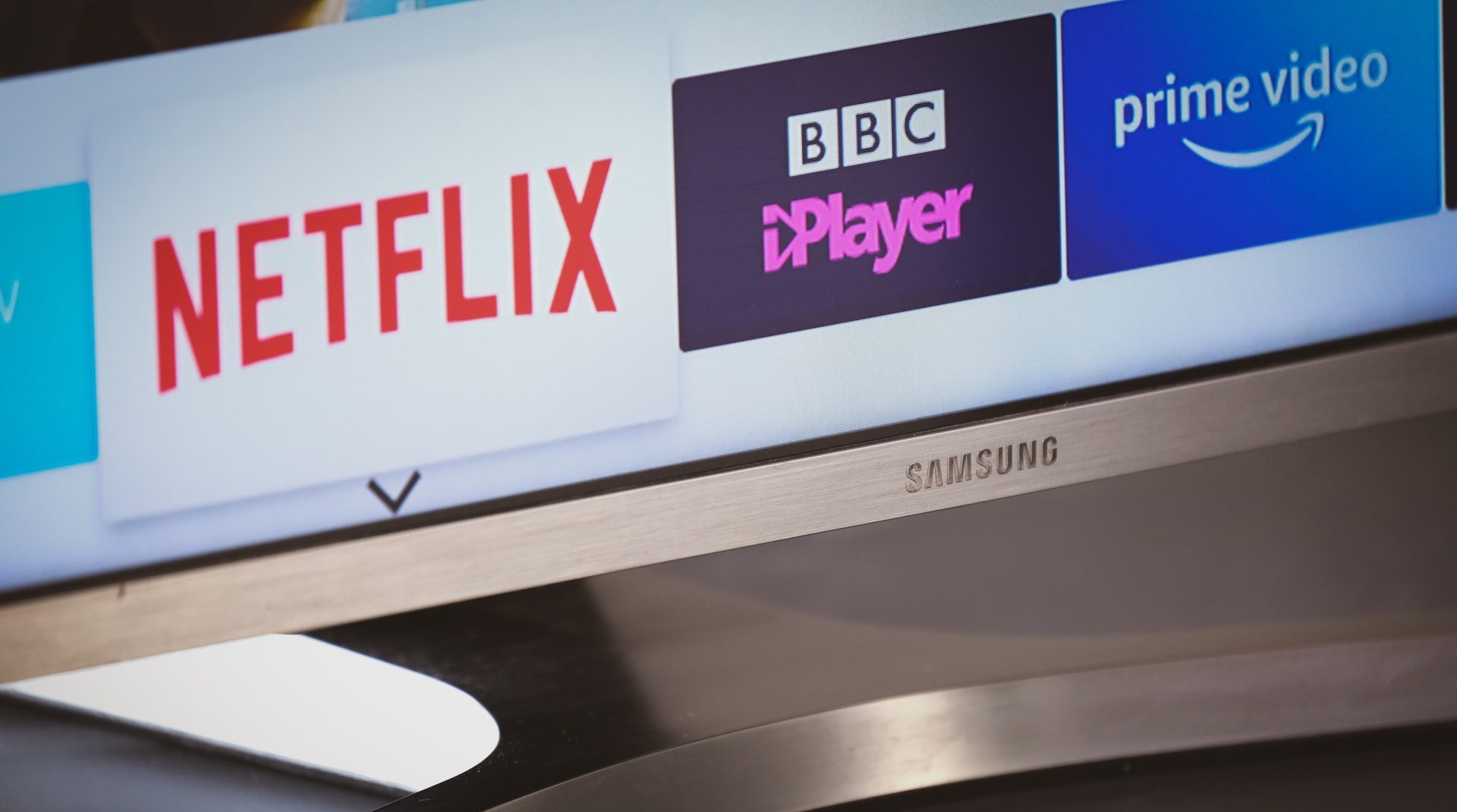In recent years, the entertainment landscape has shifted dramatically as viewers continue to migrate from traditional cable to streaming platforms. By 2025, many consumers are left reevaluating their choices: Is it more cost-effective to stick with cable or make the leap to multiple streaming subscriptions? The answer is more nuanced than ever before, and it hinges on user preferences, content needs, and, most notably, cost.
This article explores the financial side of the great entertainment debate in 2025 — streaming vs. cable — by breaking down the pricing dynamics, hidden expenses, and additional features included with each option.
The Cost of Cable in 2025
Despite the rise of digital alternatives, cable television is far from extinct. In 2025, many providers have bundled traditional TV with internet services to stay competitive. Here’s an overview of the average monthly expense:
- Base cable package: $70–$100/month
- Set-top box rental and DVR service: $15–$25/month
- Taxes and fees: $7–$15/month
Total estimated monthly cost: $92–$140
While those numbers might seem steep, cable still holds strong in two key areas: local news and live sports. Comcast (Xfinity), Spectrum, and Cox have all invested in making these services easier to access. Yet, consumers often criticize the lack of flexibility and long-term contracts associated with traditional cable.
Streaming Services: Breaking Down the Bundle
Streaming platforms were once lauded for their affordability. However, with increasing content creation costs and consolidation in the industry, prices have steadily crept up in 2025.
Here’s a breakdown of popular paid streaming services:
- Netflix (Standard Plan): $15.49/month
- Disney+ (No Ads): $13.99/month
- Max (formerly HBO Max): $15.99/month
- Hulu (No Ads): $17.99/month
- Amazon Prime Video: $8.99/month (included with Prime)
- Apple TV+: $9.99/month
For users subscribing to four or five platforms, the costs can easily surpass $60–$75/month. When combined with home internet — typically priced between $50–$80/month — the monthly bill can reach $130–$150, overtaking many premium cable bundles.

Add-Ons and Extras That Add Up
Both cable and streaming can accrue additional costs through add-ons. For cable subscribers, premium channels like Showtime and HBO often cost an extra $10–$20/month. With streaming, users might pay for:
- Live TV bundles (e.g., Hulu + Live TV: $76.99/month)
- Cloud DVR storage
- Ultra HD video quality
- Multi-screen support
Most services have now adopted tiered pricing structures, often charging more for ad-free experiences or exclusive content.
Comparing Features: What Are You Paying For?
Price is just one part of the equation. Here’s how cable and streaming stack up when it comes to features and flexibility:
| Feature | Cable | Streaming |
|---|---|---|
| Live Sports | ✓ Widely available | ✓ Through addons (e.g., ESPN+, FuboTV) |
| Local Channels | ✓ Standard inclusion | ✕ Often missing unless using a live TV bundle |
| On-Demand Content | ✓ Available but limited | ✓ Extensive and binge-friendly |
| Contract Requirement | ✓ Often 1–2 years | ✕ Month-to-month flexibility |
| Device Accessibility | Limited (TV only) | High (TVs, phones, tablets, browsers) |
How Internet Costs Tip the Scale
Internet service is a required cost for streaming, while many cable packages bundle TV and internet together. This bundling can offer discounts, but also locks users into contracts. For those whose primary entertainment source is streaming, standalone internet must be factored in. In 2025, the average cost of high-speed home internet sits at:
- Basic (100 Mbps): $50/month
- Premium (500+ Mbps): $70–$90/month
This added cost makes a huge impact. Even streamlined streaming packages can breach the $100/month threshold when internet is accounted for.

Bundling & Promotions: A Potential Lifesaver
To offer better value, many streamers are moving toward bundles. Consumers in 2025 can access promotional packages like:
- Disney+ + Hulu + ESPN+: $19.99/month
- Netflix & T-Mobile tie-in with free subscription
- Amazon Prime Video included with Amazon Prime
Cable companies also fight back with “triple play” deals (TV + Internet + Phone) starting at $120/month. The big factor here lies in usage: if you’re just after on-demand content and not live TV, bundles may not be worth the extra expenditure.
The Final Verdict: Streaming or Cable in 2025?
The question isn’t just which is cheaper — it’s which works best for your viewing habits. For families watching live sports or local broadcasts, cable might still hold the crown. On the other hand, binge-watchers craving on-demand exclusives may find greater satisfaction in a carefully curated streaming bundle.
Average Monthly Costs in 2025:
- Cable (TV + Hardware + Fees): $120
- Streaming (4–5 services + Internet): $130+
Ultimately, the math of streaming vs. cable is closer than ever. Each route has hidden expenses that could tip the scale. Smart consumers must compare available promotions, assess must-have content, and define how — and where — they want to watch television.
FAQ: Streaming vs. Cable Costs in 2025
-
Q: Is streaming more cost-effective than cable in 2025?
A: Not always. For users subscribing to multiple platforms and paying separately for internet, the total can exceed the cost of cable. -
Q: What’s the biggest benefit of switching to streaming?
A: Flexibility and variety. You can cancel anytime and get on-demand access across various devices. -
Q: Do streaming services offer live channels?
A: Some do, but usually as an add-on or through select platforms like Hulu + Live TV or FuboTV, which cost more. -
Q: Can I watch local channels with streaming services?
A: Only with live TV streaming bundles or by using an antenna. Basic streaming plans typically don’t include local news. -
Q: What’s the best option for families?
A: It depends on the household’s needs. Families favoring sports and live TV might lean toward cable, while those prioritizing kid-friendly, on-demand content may prefer streaming.
